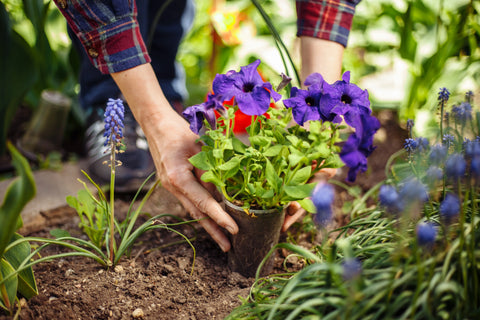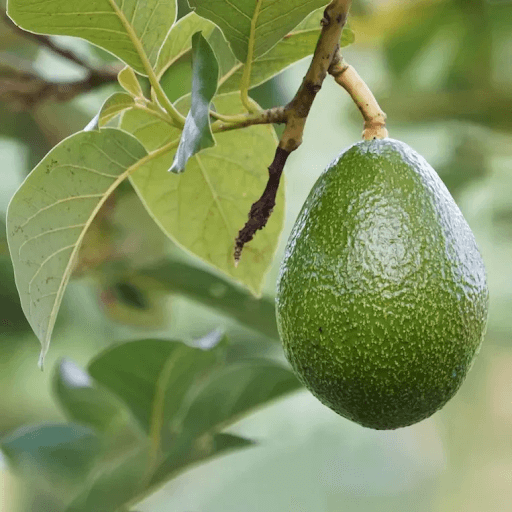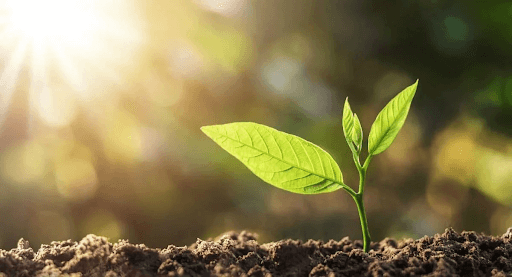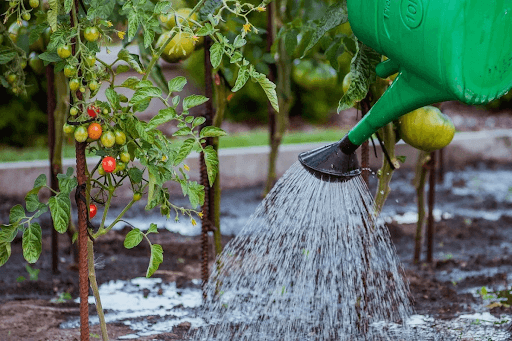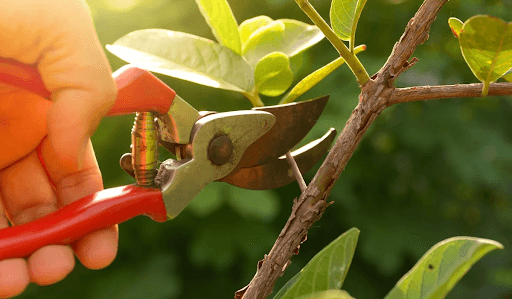Selecting the Right Avocado Variety
Avocado plants can be grown from seeds, but not all avocado varieties are suitable for growing indoors. There are many varieties of avocados, but they are categorized as Guatemalan, Mexican, and West Indian. Guatemalan avocados are large-sized, thick, and have a creamy texture. They are cold-hardy and tolerate temperatures as low as 25 °F ( -4 C). The Hass avocado variety is widespread for its ability to grow well indoors. It has a compact size and an adaptable nature. Other varieties, like Reed and Bacon, can be grown indoors suitably.
Mexican avocado trees are more compact and can be grown in small spaces. They can be grown in backyard orchards and container cultivation. Indigenous to the tropical lowlands of the West Indies, West Indian avocados are the largest, with smooth, thin skin and a mild, watery flavor. These are fast-growing and produce large fruits. West Indian avocados are preferable in commercial orchards and tropical regions.


